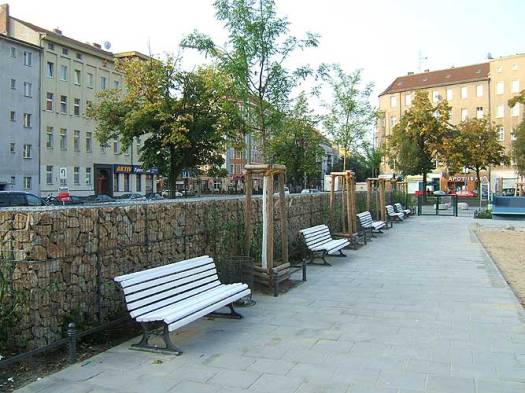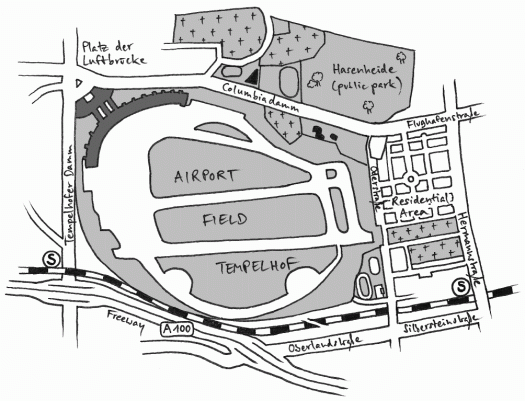 noises| signals is a sonic research project on signal and noise in the acoustic environment.
noises| signals is a sonic research project on signal and noise in the acoustic environment.
For the most part, scientific results are represented in abstract terms–like text, data or diagrams. In contrast, the course »Field Recordings« experimented with sound recordings as alternative media for research and representation. Drawing on Murray Schafer’s »soundscape«–with respect to more recent paradigms from sound studies and ethnography–students of European Media Studies investigated all the differing local qualities and features of the sonic environment, and compiled a corpus of »sonic documents«. The recordings were analysed and arranged to form a »sonic research report«, which keeps record both of the research process in the field as well as the characteristics of sound recordings as representational media in general.
Listen now to Birth of a Sound, Field Recordings Fast & Furious, Consonance or Competition, Printing Sound, Library, Station, The Ways of Water, or Traffic.

Continue reading “Noises | Signals. Sounds shifting between figure and ground”


 Today, there is an increasing concern for the senses in the humanities. Some even venture to proclaim a ›sensory turn‹. In cultural anthropology, a greater awareness for sensory phenomena and embodied subjectivities, for materiality and atmospheres is reflected in approaches such as an ›anthropology of the senses‹ (Howes 1991) or a ›sensory ethnography‹ (Pink 2009). However, in today’s academic practice many scholars still appear to be utterly reluctant to go beyond text, images, or diagrams as a means of communicating knowledge–even when presenting research on the human sensoriality.
Today, there is an increasing concern for the senses in the humanities. Some even venture to proclaim a ›sensory turn‹. In cultural anthropology, a greater awareness for sensory phenomena and embodied subjectivities, for materiality and atmospheres is reflected in approaches such as an ›anthropology of the senses‹ (Howes 1991) or a ›sensory ethnography‹ (Pink 2009). However, in today’s academic practice many scholars still appear to be utterly reluctant to go beyond text, images, or diagrams as a means of communicating knowledge–even when presenting research on the human sensoriality.







